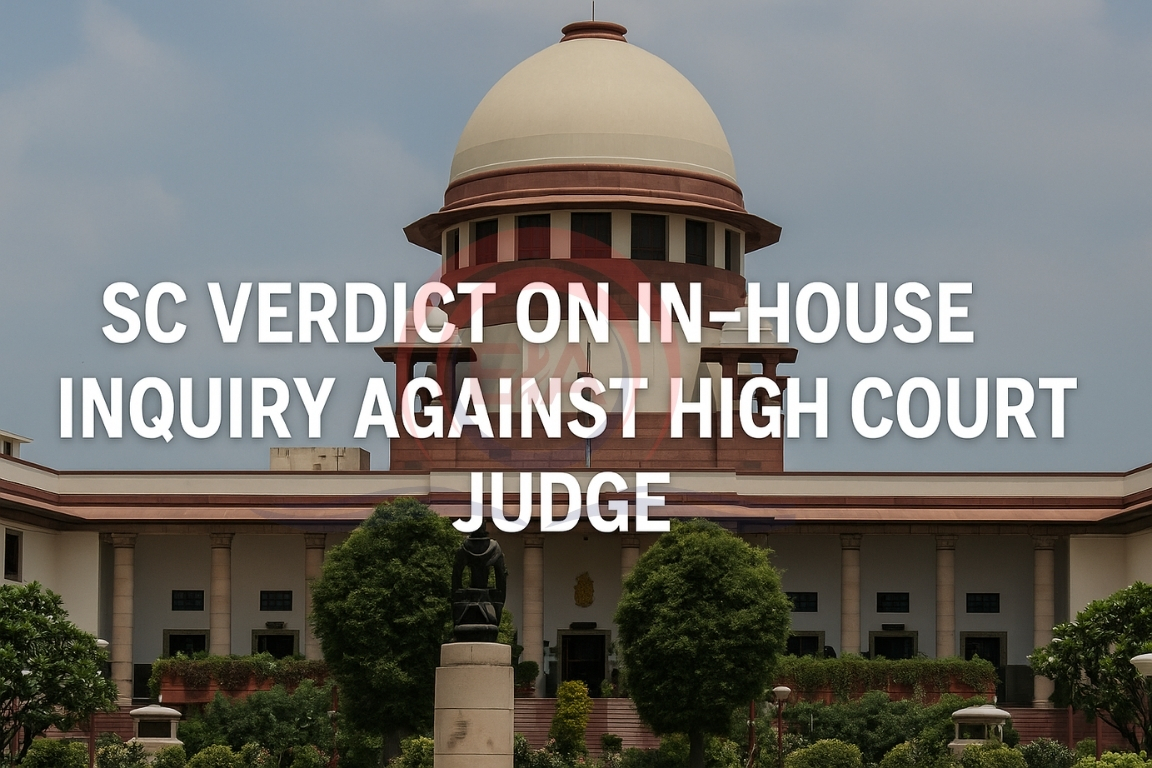Railways are often called the lifeline of India, carrying over 23 million passengers daily and serving as a crucial driver of national integration and economic activity. However, repeated train accidents in recent years — due to both technical faults and human negligence — have raised serious concerns about operational safety and infrastructure reliability.
Major Causes of Train Accidents
- Staff Shortages in Critical Roles
- Over 1.5 lakh posts in safety and operational categories remain vacant out of one million sanctioned positions.
- Lack of trained personnel affects track maintenance, signalling supervision, and locomotive operation, leading to operational lapses.
- Weak Infrastructure and Outdated Systems
- Delayed track renewal, obsolete signalling equipment, and frequent damage to cables during maintenance create operational vulnerabilities.
- The Railway Board has repeatedly cautioned that such neglect could lead to serious safety risks.
- Inadequate Safety Technology
- The KAVACH (Automatic Train Protection System), designed to prevent collisions by automatically halting trains, has been deployed on less than 2% of the total route length.
- Most routes remain dependent on manual signalling, increasing risk of human error.
- Human Error and Fatigue
- Mistakes in signal setting, train control, and point switching are frequent causes of accidents.
- Long duty hours without adequate rest contribute to worker fatigue, impairing alertness.
- Uneven Resource Utilisation
- Funds from the Rashtriya Rail Sanraksha Kosh (RRSK) — a ₹1 lakh crore safety corpus — have been used inconsistently across zones.
- Many safety-critical works remain underfunded or delayed.
- Organisational Gaps and Accountability Deficit
- Overlapping responsibilities between zones and departments weaken coordination.
- Post-accident investigations often end with temporary staff suspensions rather than systemic reform.

Implications of Repeated Accidents
- Economic Consequences: Accidents cause loss of life, infrastructure damage, compensation payouts, and service disruptions, impacting logistics and GDP growth.
- Erosion of Public Trust: Frequent derailments and collisions weaken citizen confidence in public transport safety.
- Governance Credibility: Highlights issues of poor oversight, bureaucratic inertia, and reactive rather than preventive administration.
- Technological Backwardness: India still lags behind global safety standards such as Europe’s ETCS or Japan’s Shinkansen safety systems.
Government Measures and Reforms
- KAVACH System: Indigenous Automatic Train Protection (ATP) technology to automatically stop trains during danger situations.
- Introduction of Modern Trains: Vande Bharat, Amrit Bharat, and NaMo Bharat (RRTS) trains introduced with improved safety features and passenger comfort.
- Elimination of Level Crossings: All unmanned level crossings on broad-gauge routes have been removed to reduce collision risks.
- Amrit Bharat Station Scheme: Modernisation of 1,300+ railway stations to enhance safety, accessibility, and passenger facilities.
- Rashtriya Rail Sanraksha Kosh (RRSK): Dedicated ₹1 lakh crore fund (2017–22) for safety works like track renewal, bridge rehabilitation, and signalling upgrades.
Way Forward
- Accelerate KAVACH Implementation: Ensure nationwide coverage across all busy and high-density routes.
- Upgrade Infrastructure: Prioritise track renewal, modern signalling, and real-time monitoring through digital tools.
- Fill Safety Vacancies: Expedite recruitment and training for operational staff in safety-sensitive roles.
- Adopt Data-Based Safety Audits: Use AI-based predictive maintenance and accident data analytics to identify risk zones.
- Enhance Accountability and Coordination: Clearly define responsibilities among zones, ensuring institutional accountability for accidents.
- Install Black Box Technology: Introduce voice and video recorders in locomotives to assist in post-accident investigations.
Conclusion
Railway safety is not only a technical issue but also a governance challenge. To prevent future tragedies, India must move from reactive responses to proactive risk management, combining technology, manpower, and institutional reform. A modern, safe, and reliable railway system is crucial for both public confidence and the country’s economic resilience.
This topic is available in detail on our main website.





